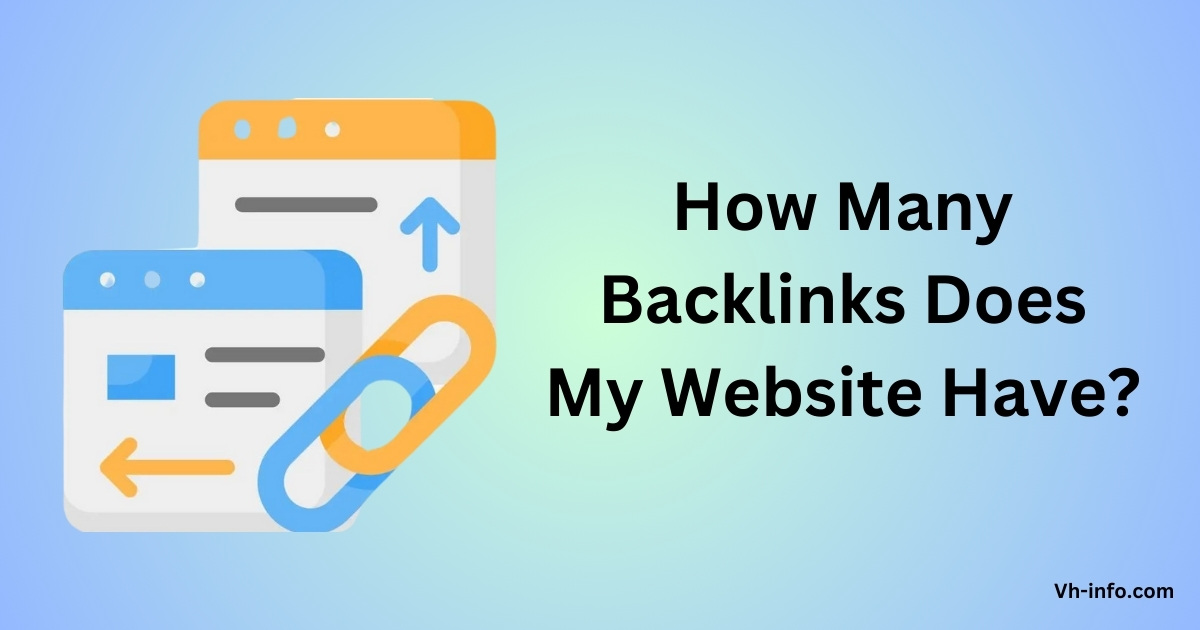
How Many Backlinks Does My Website Have: The Ultimate Guide
As a SaaS company, you know the importance of link building and how it can impact your search engine optimization

How Many Backlinks Does My Website Have: The Ultimate Guide
As a SaaS company, you know the importance of link building and how it can impact your search engine optimization
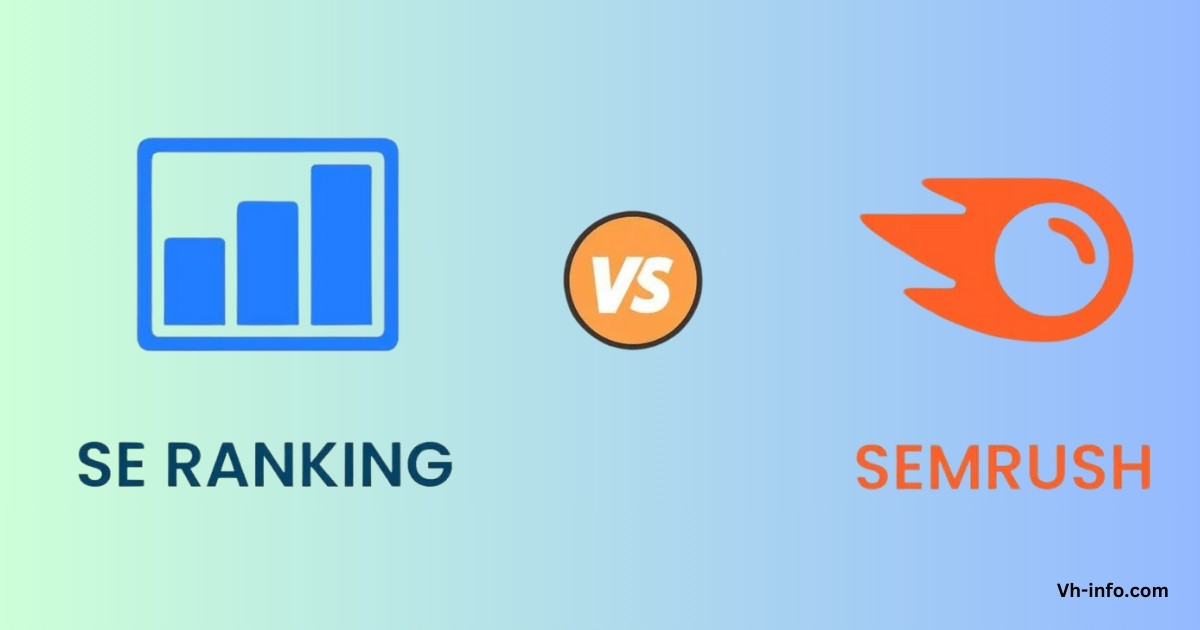
SE Ranking vs SEMrush: Comparison for SaaS Link Building
As a SaaS company looking to boost your online visibility and drive targeted traffic, choosing the right SEO tool is
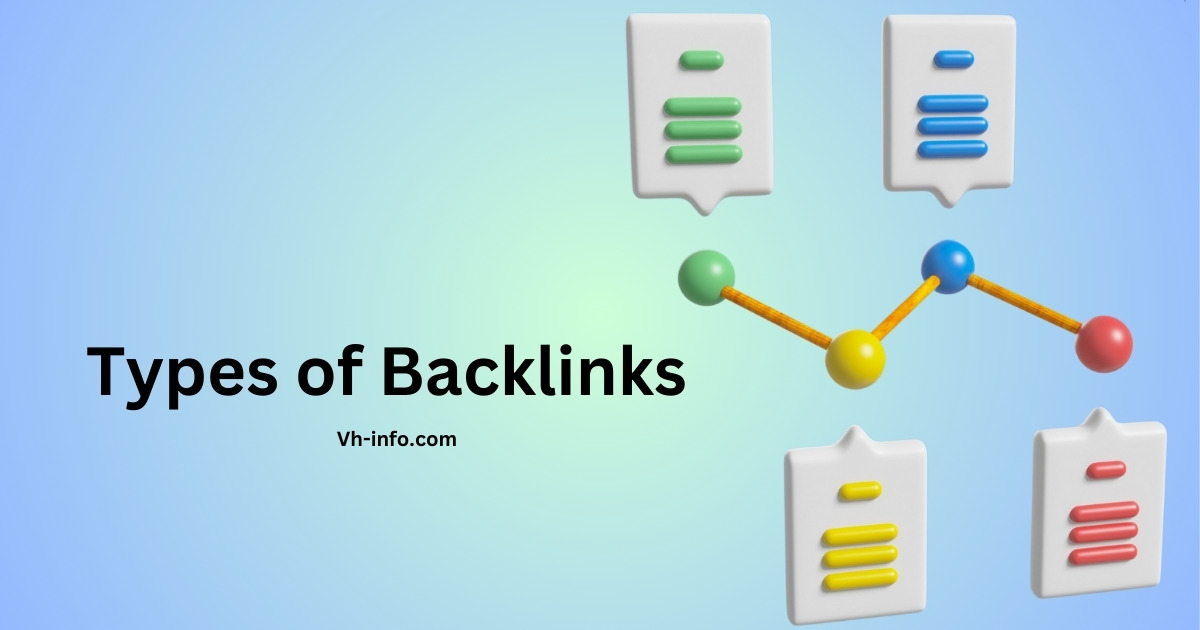
20 Types of Backlinks to Boost Your SaaS SEO in 2024
In the competitive world of SaaS, building a strong backlink profile is crucial for improving your search engine rankings and

Unnatural Links: How to Identify and Remove Them for Better SEO
In the world of search engine optimization (SEO), building a strong backlink profile is crucial for improving your website’s visibility

Link Farming: History, Ways To Detect It & Many More….
Link farming is a controversial and risky black hat SEO technique that aims to manipulate search engine rankings by artificially

9 Best Super CRM Tool For Startup – To Use Anyway in 2024
What is CRM for a Startup? For a startup, a CRM (Customer Relationship Management) system is a digital toolbox that

Is Social Sales Rep Legit? Unveiling the Truth
Many people are looking for ways to make money online. The idea of remote work is very popular. You might

Is Kroll Monitoring Service Legit? Uncover the Truth
In today’s digital age, where data breaches and identity theft are becoming more prevalent, it is crucial to protect your
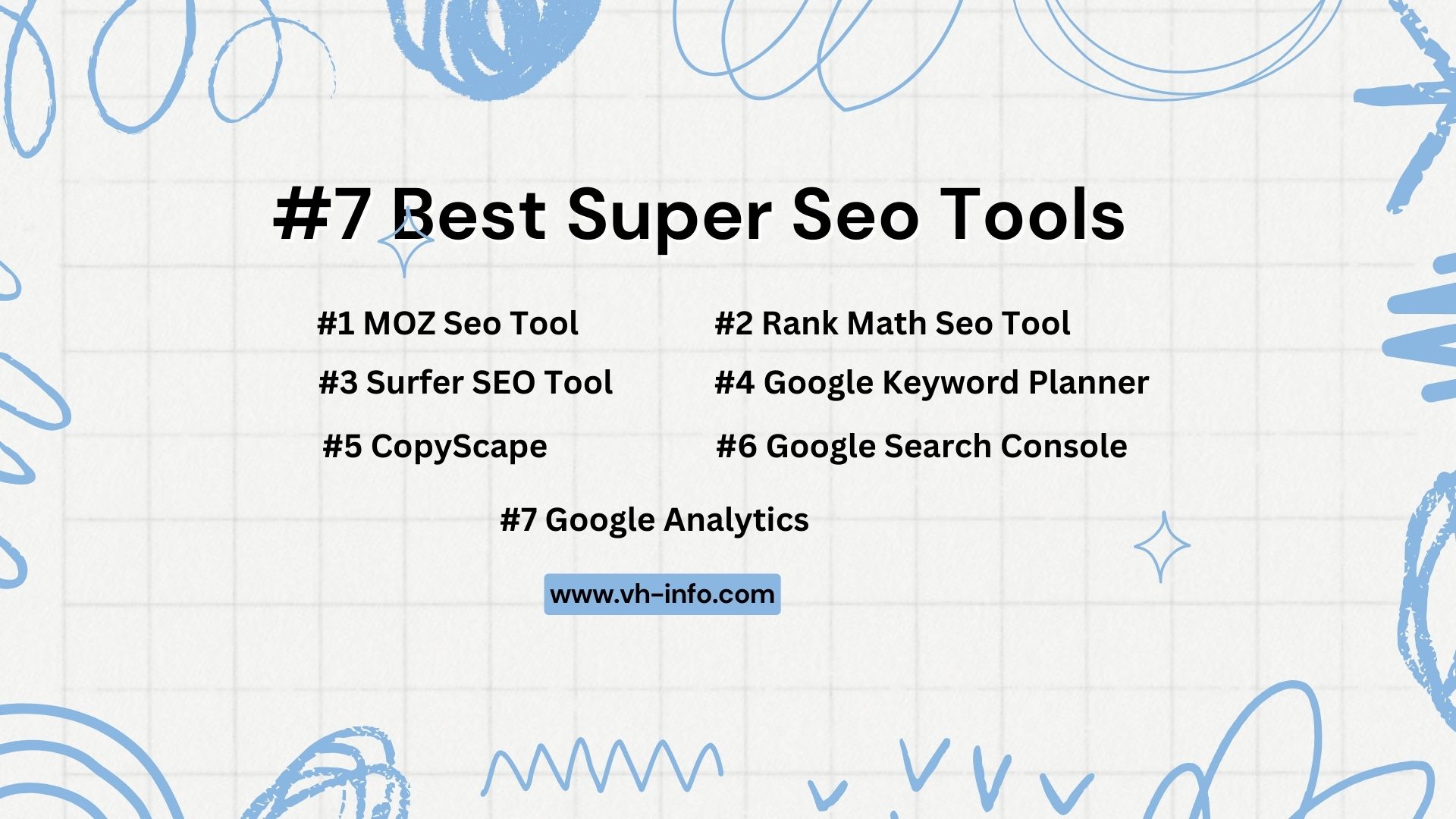
Top #7 Best Free Super SEO Tools in 2024
Based on our research well-designed website is no longer enough. To run your business online smoothly, you need your website
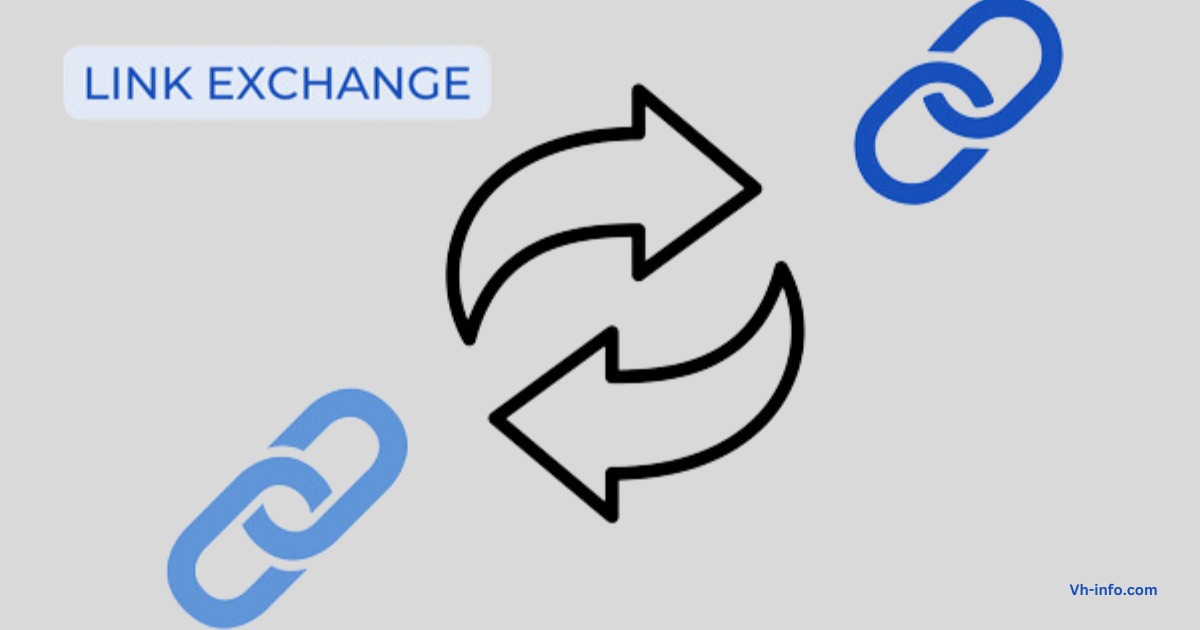
Link Exchange: What is it, Importance, Types, Tools & Many More..
Link exchanges have been a popular strategy for boosting SEO. In this blog, we’ll explore how they work and their
WHAT WE
3rd floor, VHinfo, QRXG+CG9 Capital Market, Canal Rd, chokdi, Ravapar, Morbi, Gujarat 363641
VH-info © 2025 | All Rights Reserved